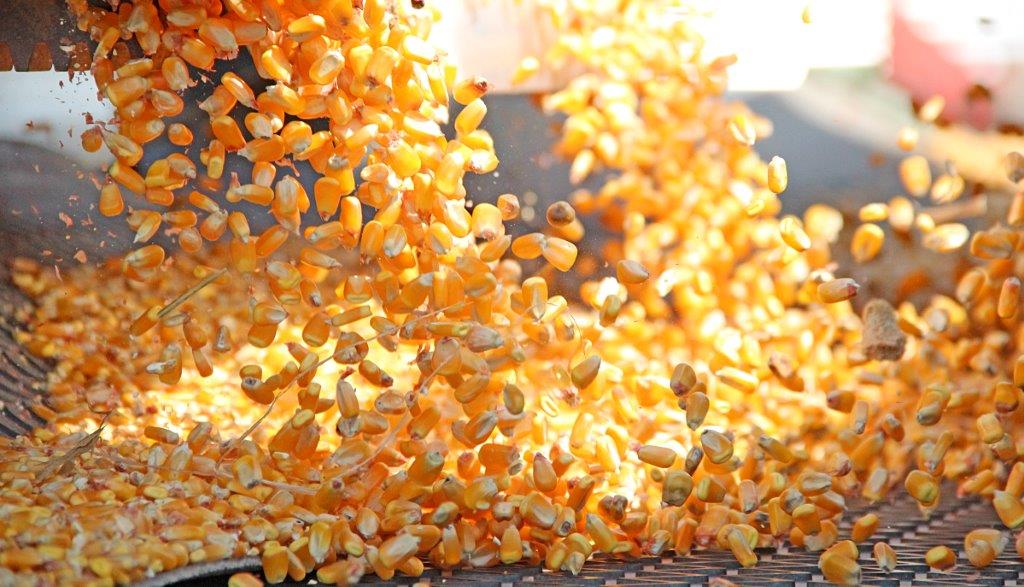While America Slept, China Stole the Farm
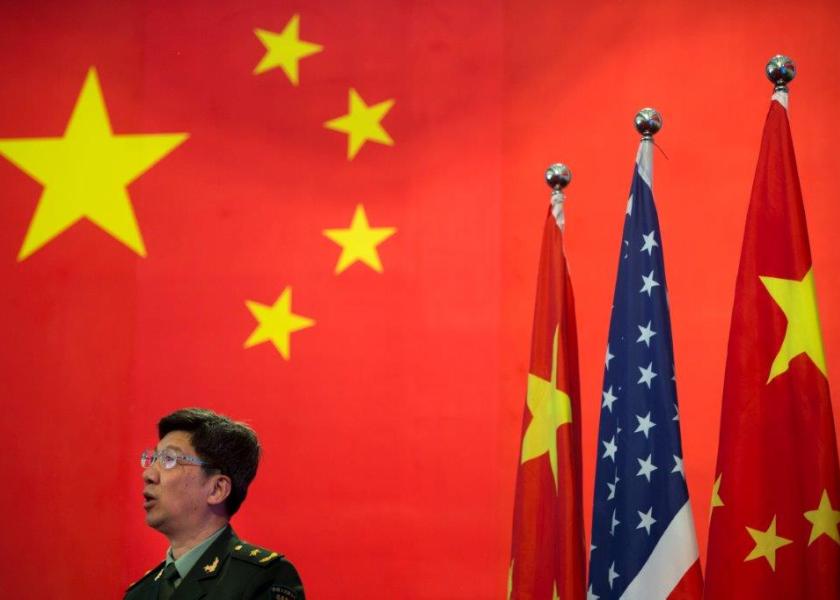
American farmers are asleep as a thief strips machinery, barn, bins, and fields of all valuables—and then returns for more. China has breached the inner walls of the U.S. agriculture industry in what has arguably been the most expansive heist in farming history, and is currently attempting to steal or hack every conceivable facet of U.S. agriculture technology.
The Chinese Communist Party (CCP) openly has declared its intent to dominate high-tech industries across the world, including agriculture, by 2025. Undergirding its technological superiority effort, China has unabashed plans for a solo climb to the top rung of the global power ladder by 2049—international dominion. In order to fuel its ascendance, the CCP is engaged in widespread theft, cyber-hacking, and espionage, with the U.S. as the honey hole of illicit gain.
A 2017 report by the U.S. Commission on the Theft of American Intellectual Property speaks volumes, and estimates a cost of $255 billion to $600 billion to the U.S. economy each year, and fingers China as the “principle IP infringer.” In 2020, the Federal Bureau of Investigation (FBI) acknowledged multiple espionage benchmarks: a new China-related counterintelligence case opens every 10 hours; over half of all active FBI counterintelligence cases involve China; and across the last 10 years, economic espionage with links to China jumped by almost 1,300 percent.
Over the past decade, China has appropriated trillions of dollars in sophisticated U.S. technology, with a keen interest in the latest advances in the agriculture industry. In 2013 and 2015, Chinese nationals were nabbed in flagrante delicto by federal authorities, attempting to transport pilfered corn and rice seed to China. However, as the arrests and prosecutions made national headlines, the hard evidence remained ignored. Based on a cursory examination of the CCP’s espionage footprint, the seed thefts are merely emblematic and represent the tip of the iceberg: Beijing is looting the American farm.
“Happening Right Now”
* In 2011, when Mo Hailong, the U.S. director of international business for Beijing Dabeinong Technology Group, was spotted crawling through Iowa corn rows in two separate incidents, pocketing Pioneer and Monsanto seed corn, the curiosity spurred a multi-year FBI investigation, and revealed Hailong was mailing high-value seed to a relative in China.
Hailong and several Chinese cohorts were arrested in 2013, attempting to board a plane for China, and their luggage contained the purloined proof of old-school crime. Hidden beneath a façade of microwave popcorn bags and Subway napkins, authorities found hundreds of seed samples.
Hailong received 36 months in prison. (At least five years prior to the arrests, documents revealed high-quality praise from China regarding Hailong’s stolen seeds, suggesting the total haul was massive.)
* Weiqiang Zhang studied biotech crop production at Kansas State University, obtained a doctoral degree in rice genetics at Louisiana State University, and gained employment at Ventria (Kansas-based private biopharmaceutical corporation using GMO rice in production of recombinant proteins) as a seed breeder.
Zhang gained access to a climate-controlled seed room and stole samples representing $75 million in research. He then used USDA letterhead to send counterfeit letters to six crop research colleagues in China, inviting them on a tour of Ventria and several more U.S. agriculture stops. The delegation brazenly showed in 2013 and made the rounds (including Dale Bumpers National Rice Research Center in Stuttgart, Ark., where Zhang’s main accomplice, Wengui Yan, worked as a research geneticist), but were seized by U.S. Customs agents during a routine luggage inspection that found hundreds of seeds, including corn, rice, soybeans, and wheat. Zhang was sentenced to roughly 10 years in prison.

* In 2008, Haitao Xiang began working for Monsanto as an imaging scientist at The Climate Corporation. A key digital part of The Climate Corporation’s big data platform was a proprietary algorithm tagged the Nutrient Optimizer. Xiang was nabbed (with a one-way ticket to China) at the airport, allegedly with a micro SD card copy of the algorithm in 2017.
The corn, rice, and algorithm cases grabbed headlines, but their significance is suggestive of what lies beneath, i.e., they showcased a fraction of theft incidents. “It’s fair to label these cases as tip of the iceberg or tip of the dinner fork,” says Col. (Ret.) John Mills, a national security professional and former Director of Cybersecurity Policy, Strategy, and International Affairs at the Department of Defense. “I mean they are a drop in the bucket. For so long, U.S. counterintelligence has been focused on Russia, yet China presents a threat many orders of magnitude greater. China is intent on cataloguing seed and DNA on a vast scale, and they’ve spent at least 10 years vacuuming up every piece of tech from every sector in the U.S. You can be absolutely certain: Agriculture is right up there at the top and this is happening right now.”
Playing for Keeps
With 1.4 billion mainland citizens at the supper table, China is desperate for more farmland. Although Chinese President Xi Jinping rarely wastes a speech opportunity without mentioning food security, China is the No. 1 ag commodity importer worldwide. (Significantly, soybeans rate as the No. 2 import annually, bookended by commercial aircraft and automobiles.)
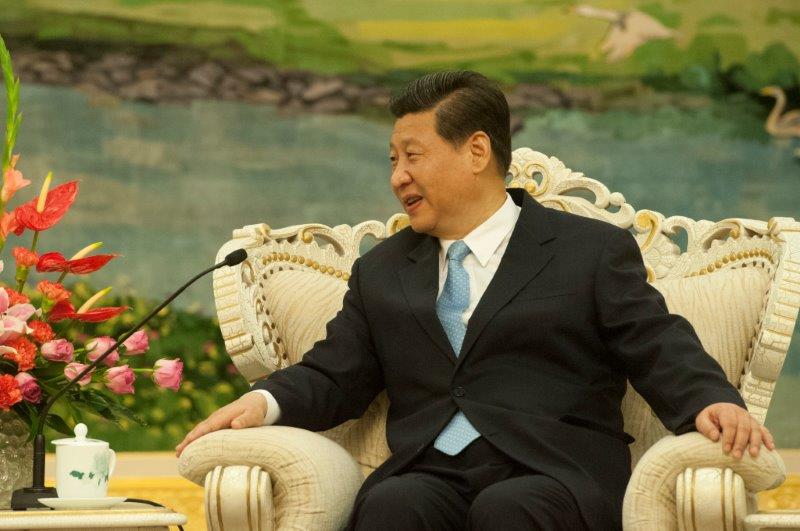
China’s agriculture minister recently announced the country will expand its farmland, explains journalist and documentary filmmaker Lance Crayon, adding that “China’s plan is to have farmland the size of Ireland by the end of 2021, and because the goal was announced, it will be achieved.”
However, revamping 16.5 million acres into farmland in 2021 (indeed, roughly equivalent in size to the Republic of Ireland), pales in comparison to the overall plan. A decade back, the CCP announced a new farmland projection for 132 million acres in roughly 10 years. Turning acreage outsizing the entire state of California into “high standard farmland” is plain testament to China’s intention to achieve unprecedented levels of food security.
Further, in 2017, ChemChina dropped $46 billion on Syngenta, gaining access to transgenic seeds and crop protection products. The acquisition represents a single plank in China’s platform to keep its base fed as it pursues an all-costs drive toward the acquisition of ag technology.
Far beyond ensuring grain and meat for the most populous nation in world history, the CCP pegs a reliable food supply as a vital component of its move toward the No. 1 global power spot. China is playing for keeps: In 2013, Xi kicked off the Belt and Road Intiative (BRI), an infrastructure project that aims to give China unparalleled access to global trade by 2049—the 100-year anniversary of the People’s Republic of China.
Complementing BRI, Made in China 2025 looms as another alarming CCP program. Announced in 2015, the 10-year initiative projects domination of 10 high-tech sectors by 2025—including information technology, artificial intelligence, telecommunications, electric vehicles, aerospace engineering, advanced electronics, biomedicine, high-speed rail, maritime engineering—and agricultural technology.
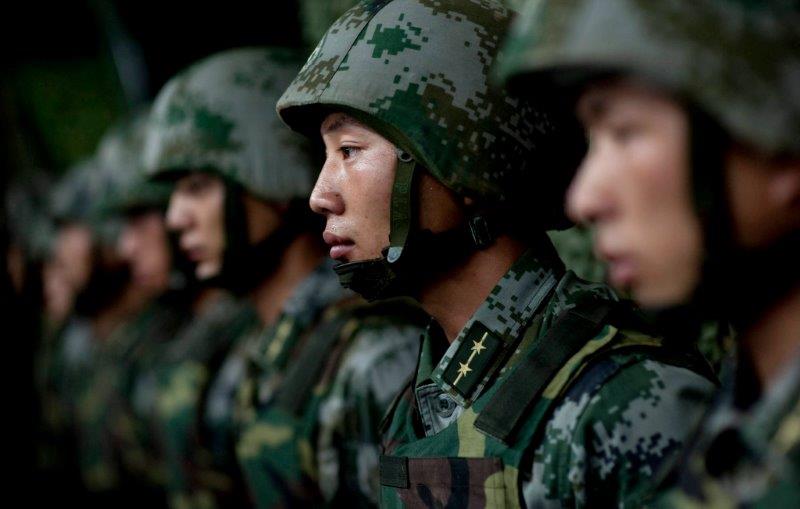
Additionally, Xi plans to modernize China’s armed forces by 2035—on pace to rival the U.S. in the Indo-Pacific. (Chinese military spending reached $252 billion in 2020, outpacing the military expenditure of any nation except the U.S.) Significantly, Xi has an entire army command dedicated to cyber warfare, the Strategic Support Force, part of his military reform effort. Xi also included a Military-Civil Fusion program written into China’s constitution: Any private sector innovation must be transferred to the military. (Expressed in the People’s Liberation Army Daily, civil-military industrial espionage in countries such as the U.S. is euphemistically described as “picking flowers in foreign lands to make honey in China.”)
Xi and the CCP face a simple calculus: Any move on the international catbird seat requires top-drawer agricultural production technology, and if it can’t be bought or developed—it can be stolen.
Softest Target
China’s ruling authority consists of 90 million CCP members. They remain committed to a sworn oath of allegiance, promising to “carry out the Party's decisions, strictly observe Party discipline, guard Party secrets, be loyal to the Party, work hard, fight for communism throughout my life, be ready at all times to sacrifice my all for the Party and the people, and never betray the Party.”
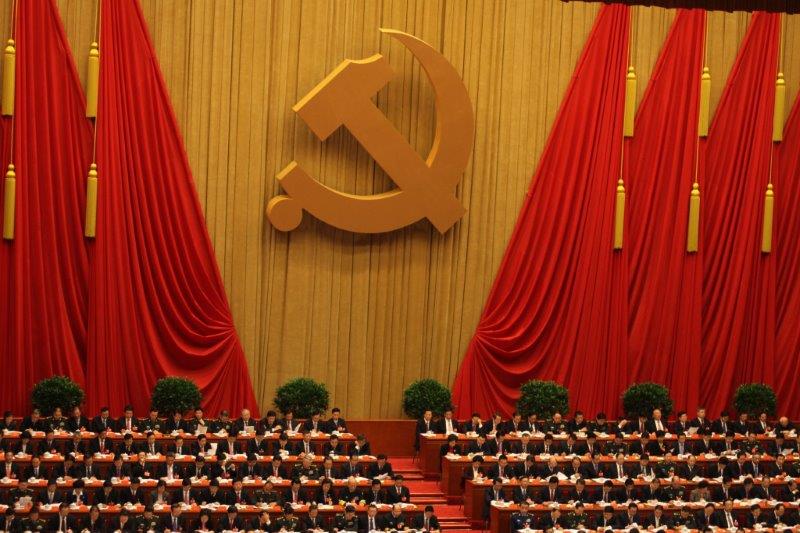
According to FBI Director Christopher Wray, "The Chinese intelligence services strategically use every tool at their disposal, including state-owned businesses, students, researchers and ostensibly private companies, to systematically steal information and intellectual property.”
A third of all international students in the U.S. are from China, roughly 360,000 Chinese nationals, who pay upwards of three times normal tuition rates, representing at least a $14 billion influx for American universities and local economies.
In 2019, Joe Augustyn, a 28-year veteran of the CIA, said, "We know without a doubt that anytime a graduate student from China comes to the US, they are briefed when they go, and briefed when they come back.”
“They don't just come here to spy ... they come here to study and a lot of it is legitimate," Augustyn said. "But there is no question in my mind, depending on where they are and what they are doing, that they have a role to play for their government."
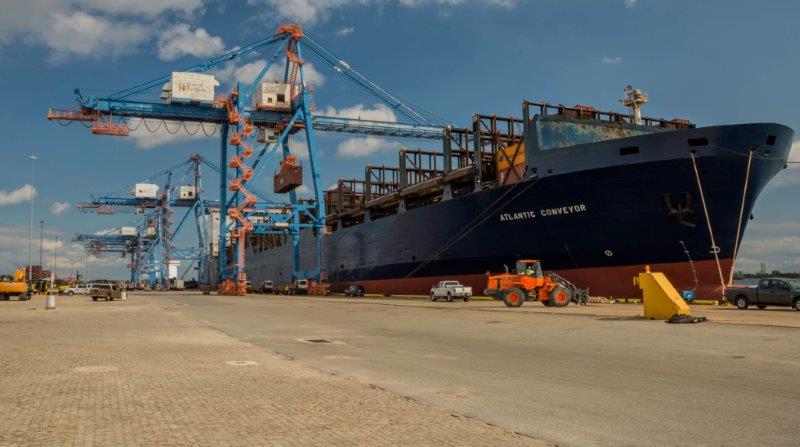
Considering 360,000 Chinese nationals enrolled in U.S. universities (many of those land grant universities with heavy agriculture research concentrations), if the CCP taps merely 1% of its student exports as direct intelligence sources—the math translates to 3,600 information sources on U.S. soil. And if the CCP taps far greater numbers of students in U.S. universities, as many analysts believe, the level of CCP surveillance jumps exponentially.
John Mills estimates a high percentage of China’s foreign students in the U.S. funnel information to the CCP. “It’s my opinion that many are either working for the Ministry of State Security (China’s CIA-FBI hybrid organization), and 100% are fully aware of their obligation to the CCP. That is the price to be here. Part of their presence here, granted with CCP permission, is a promise, often a quid pro quo, to assist the CCP in getting whatever is needed.”
“The FBI woke up to this threat far too late, and now we are in very deep,” Mills continues. “It is the CCP’s goal to steal, glean, obtain, transcribe, and photograph anything of value from the U.S., and the agriculture sector is right at the top. China is a net food importer and that is a strategic vulnerability of the CCP.”
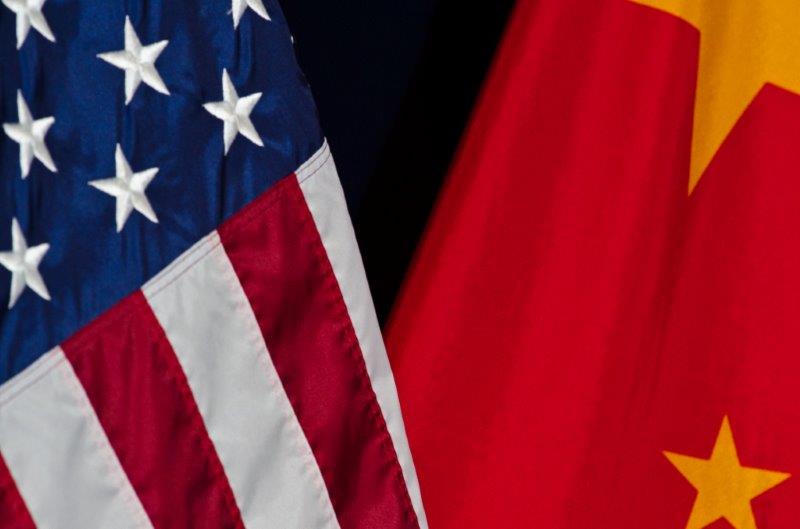
U.S. agricultural technology, Mills stresses, is directly in CCP crosshairs. “China is a net importer of food. They cannot feed their population without American farmers. The spike in bacon prices over the last few years is related to China’s demand for pork and is an exemplar of the strategic food situation. Ag is absolutely one of the CCP’s top targets of intelligence collection, and unfortunately for American farmers, ag is one of the softest targets through the theft of intellectual property, privileged company research, or the physical theft of seeds. Rest assured, even if China can’t produce a crop with the stolen info, they are passing it to other breadbasket nations that are kindred, or at least beholden, to assist in growing food.”
Unsettling Implications
The CCP’s reach into U.S. academic and research institutions extends beyond tapping students for intelligence gathering. Generally, the CCP uses a two-pronged approach to gain university access: Confucius Institutes and Chinese Students and Scholars Associations (CSSAs). Confucius Institutes operate at roughly 50 U.S. universities as ideological marketing machines. They are funded through partnership agreements between the CCP and U.S. universities (instructors are CCP-selected), and presented as education centers, yet are consistently tied to CCP espionage and surveillance. “They are nests of influence, reconnaissance,” said Rep. Christopher Smith (R-N.J.) (Over 75 universities have closed their Confucius Institutes.)
Roughly 140 Chinese Students and Scholars Associations (CSSAs) function in the U.S., ostensibly to provide cultural support to students, yet most CSSAs are directly overseen by Chinese embassy personnel. Despite the significance of Confucius Institutes and CSAs, the deeper threat comes from CCP-tapped researchers within the academic and corporate sphere. During his testimony before a Senate committee, Michael Lauer, deputy director of extramural research at the National Institutes for Health (NIH), admitted the agency has found 500 “scientists of concern” at federally funded institutions. Further, as of April 2021, NIH has contacted “more than 90 awardee institutions” regarding specific issues with 200 scientists.
Lisa Aguirre, acting director of HHS’s Office of National Security, also testified before the committee, echoing Lauer’s concerns: “…nontraditional collectors can include foreign researchers who have been recruited by foreign talent recruitment programs, cyber hackers, and foreign students who have been co-opted or coerced into spying for foreign governments and their intelligence services.”
The Treasure Trove
The CCP relies on multiple recruitment programs designed to glean foreign technology. At the top of their technology recruiting effort is the Thousand Talents Plan, utilized over the past 20 years to steal tech and data from research laboratories of all stripes. In 2019, a bipartisan congressional report offered a scathing review of the program.
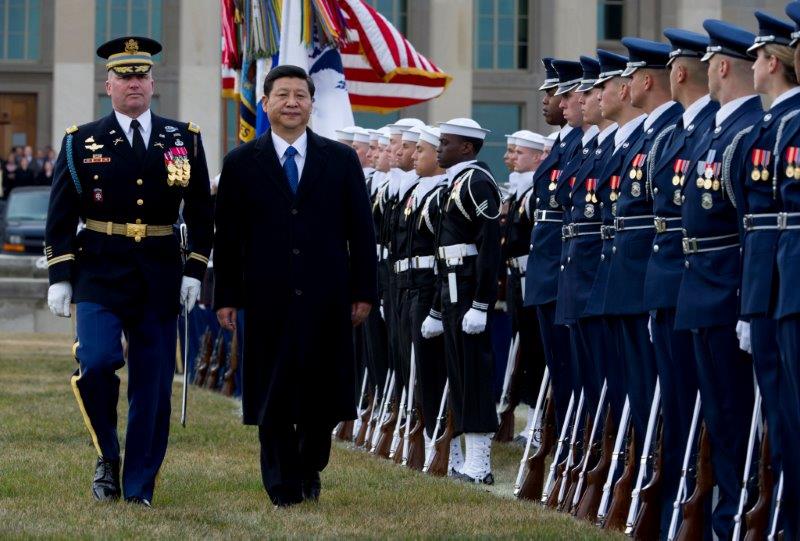
Sen. Rob Portman (R-OH), offered sobering remarks and a damning conclusion: “China uses more than 200 talent recruitment programs to lure foreign-trained scientists, researchers, and entrepreneurs into providing China with technical know-how, expertise, and foreign technology…Our investigation focused on China’s most prominent program called the Thousand Talents Plan. Launched in 2008, China designed the Thousand Talents Plan to recruit 2,000 high-quality overseas experts. By 2017, China dramatically exceeds its recruitment goal, recruiting more than 7,000 ‘high-end professionals.’”
“…Thousand Talents Plan members typically receive a salary and funding for their research from Chinese institutions, such as Chinese universities or research institutions. In exchange for the salary and research funding, which sometimes include what’s called a shadow lab in China, members sign legally binding contracts with the Chinese institutions that typically contain provisions that prevent the members from disclosing their participation in the program. This requirement, of course, runs counter to U.S. regulations that require grant recipients to disclose foreign funding sources. In effect, it incentivizes program members to lie on grant applications to U.S. grant-making agencies and to avoid disclosing their funding from Chinese institutions. China now wants to keep this quiet.”
Portman’s assessment was clear: The “talent recruitment programs” are a double-header win for the CCP. First, the research bill is footed by U.S. taxpayers. Second, the CCP funnels the research directly into its own economy and military.

Case in point. After Texas A&M University (land-grant) began pulling back the curtain, attempting to find out how many professors and researchers were involved with Chinese recruitment, the answer was jarring. From the Wall Street Journal, Jan. 30, 2020: “When officials at the Texas A&M University System sought to determine how much Chinese government funding its faculty members were receiving, they were astounded at the results—more than 100 were involved with a Chinese talent-recruitment program, even though only five had disclosed their participation. A plant pathologist at the Texas system, where the median annual salary for such scientists employed by the state is around $130,000, told officials that the researcher had been offered $250,000 in compensation and more than $1 million in seed money to start a lab in China through one of the talent programs.”
(For a partial list of recent Chinese espionage incidents targeting the U.S., see CSIS. Note, the list does not include over 1,200 instances of IP litigation by U.S. companies against Chinese entities.)
According to the FBI, China has earmarked 15% of total domestic gross product (2008-2020) on boosting human resources, equating to almost $2 trillion. Of its own accord, China trumpets a shocking statistic: From 2008 to 2016, CCP talent-recruitment programs bagged 60,000 foreign professionals. The complete picture of the talent haul remains a blur, but a reasonable assumption is possible: A significant portion of the 60,000 worked in an agriculture-related industry.
“Believe Them”
In March 2021, Rep. Rick Crawford (R-Ark.) introduced the Agricultural Intelligence Measures (AIM) Act (H.R. 1625) intended to create an intelligence-gathering office within USDA, "to leverage the capabilities of the intelligence community to ensure the Secretary of Agriculture is fully informed of all imminent threats and American agriculture is safe from all threats both foreign and domestic. This highly specialized office would work to understand any efforts to steal U.S. agriculture knowledge and technology...."
In April 2021, pushed by Sen. Tom Cotton (R-Ark.), the AIM Act was introduced in the Senate: “The Chinese Communist Party wants to undermine vital American industries through sabotage and intellectual property theft—U.S. agriculture is no exception,” Cotton said. “Our bill will help safeguard the food and technology that our country depends on for its prosperity and freedom.”
However, the AIM legislation arrives late in the game. The CCP, for at least the past 20 years, seemingly has treated U.S. agriculture as a veritable grocery store, shoplifting food staple technology with almost no penalty.
Similarly, the Endless Frontier Act (now tagged the U.S. Innovation and Competition Act), introduced by senators Chuck Schumer (D-N.Y.) and Todd Young (R-Ind.), seeks to bolster and safeguard U.S. technology by pumping in funds to research institutions, but at over 1,500 pages of text and at least $200 billion in spending, it includes a train of unrelated projects. Beyond questions over spending, Sen. Marco Rubio (R-Fla.), contends the act is misguided and may present China with more opportunity for theft: “But imagine if you’re trying to say, ‘Ok so America is now going to spend $150 billion on research through universities that we (China) already have our claws in. That’s great. We’ll just steal it. Go ahead and spend your money, and we’ll steal your research. We get it for free,’” Rubio said. “It’s crazy.”

As Crayon sees the CCP-related horizon theft, “The only solution that makes sense, if you wanted to protect U.S. advanced technology, would be to implement the same immigration and visa restrictions as China. If the U.S. doesn’t hurry up and level the playing field, the American farmer will continue to suffer at the expense of an ambitious China.”
“Has U.S. agriculture been asleep? I’d say most all U.S. industries have been asleep, certainly including agriculture,” Mills adds. “The CCP gave us a blueprint and announced they were going to take over certain high-tech industries, and agriculture was right there on the list. They literally told the world what they were going to do. If a gang of thieves tells you they are going to steal your farm, you should believe them.”
For more stories from Chris Bennett (cbennett@farmjournal.com), see:
Where's the Beef: Con Artist Turns Texas Cattle Industry Into $100M Playground
The Arrowhead whisperer: Stunning Indian Artifact Collection Found on Farmland
Fleecing the Farm: How a Fake Crop Fueled a Bizarre $25 Million Ag Scam
Truth, Lies, and Wild Pigs: Missouri Hunter Prosecuted on Presumption of Guilt?
US Farming Loses the King of Combines
Ghost in the House: A Forgotten American Farming Tragedy
Rat Hunting with the Dogs of War, Farming's Greatest Show on Legs
Misfit Tractors a Money Saver for Arkansas Farmer
Predator Tractor Unleashed on Farmland by Ag's True Maverick
Government Cameras Hidden on Private Property? Welcome to Open Fields
Farmland Detective Finds Youngest Civil War Soldier’s Grave?
Descent Into Hell: Farmer Escapes Corn Tomb Death
Evil Grain: The Wild Tale of History’s Biggest Crop Insurance Scam
Grizzly Hell: USDA Worker Survives Epic Bear Attack
A Skeptical Farmer's Monster Message on Profitability
Farmer Refuses to Roll, Rips Lid Off IRS Behavior
Killing Hogzilla: Hunting a Monster Wild Pig
Shattered Taboo: Death of a Farm and Resurrection of a Farmer
Frozen Dinosaur: Farmer Finds Huge Alligator Snapping Turtle Under Ice
Breaking Bad: Chasing the Wildest Con Artist in Farming History
In the Blood: Hunting Deer Antlers with a Legendary Shed Whisperer
Corn Maverick: Cracking the Mystery of 60-Inch Rows


